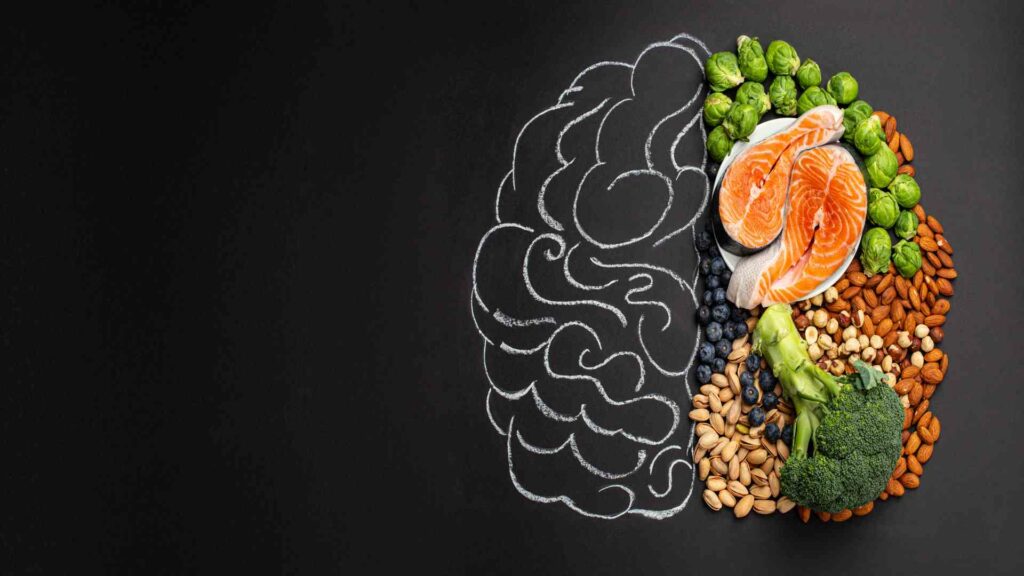Today, we’re going to look at boron nutrition in rice plants. Boron nutrition is essential for rice growth and yield. It improves plant water relations and increases the total chlorophyll content in plants. It also enhances the kernel quality and reduces panicle sterility for rice plants.

Boron Nutrition in Rice Plants
Rice is a staple food crop providing more than 20% of the daily energy needs of half of the world’s population. Globally, it meets 21% of the energy and 15% of the protein requirements for humans. Rice is primarily grown in lowland puddles, transplanted and upland conditions, rain-fed cultivation without standing water.
Even though rice has grown in many developed countries, it’s more common in low and low to middle-income countries making up 19% of all cropland. Rice is increasingly grown without standing water to save water. With escalating wages, labor scarcity, water shortages, and nutrient mining, micronutrient deficiencies, especially boron, it’s becoming a more serious problem to grow rice.
Boron nutrition is quite essential for plant health in general. Soil deficiency reduces crop yield degrades grain quality and makes crops more susceptible to disease. However. boron requirements also differ between plant species. They are affected by various factors, such as soil type soil moisture. pH levels and so on.
In rice-growing regions, boron deficiency is easy to spot. Boron deficient rice is yellowish or white. It causes panicle sterility in rice due to pollen, germination, and changes in cell wall pectin in pollen tubes. It also results in reduced grains per panicle.
On the other hand. Boron toxicity has also been observed with symptoms such as interveinal chlorosis in older leaves and dark brown elliptical spots on affected plant parts.
Boron is a vital nutrient that plays many roles in plant physiological processes. Its primary function is its structural role in cell walls and the maintenance of plasma membrane functions. Plants are far more sensitive to boron D efficiency during their reproductive stage than the vegetative stage.
BOR-1, a boron-specific transporter is actively involved in boron transport regulation. Its messenger. RNA resides in roots and shoots. Furthermore, boron is required for tissue growth, membrane function, pollen germination cell division, and dissimilate partitioning.
In Rice Plants, What are the Boron Requirements?
The need for reproductive and vegetative growth is relatively high in monocots, including rice for normal pollen and grain development. Anthers require over 20 milligrams per kilogram compared with three milligrams per kilogram in the flag leaf. Significant reductions in reproductive and vegetative growth occur below the concentration.
Rice in Pakistan, for example, has responded favorably to 0.5 to one kilogram of boron per hectare applied at panicle initiation.
What are the factors affecting the natural availability of boron in rice production?
Factors like high pH, alkalinity, organic matter, soil absorptive capacity, amounts and types of minerals in the soil, soil, water, contents, and so on, all affect boron availability in plants.
The soil pH is the most significant factor determining borne availability. So soluble boron content, point one, 2.4, five milligrams.
Soil-soluble boron content is inversely related to soil solution pH. As a result, increasing the pH of the soil solution. Actually reduces boron availability to plant roots, resulting in severe boron deficiency in rice crops, particularly in calcereous soils. Soil absorptive capacity increases at pH corresponding to boric acid by nearly nine to one.
Soil salinity is a second-factor affecting availability of boron. Rice grown in saline soils. And with high sodium irrigations suffers from boron deficiency because of an inverse relation between soil boron availability and the high sodium absorption ratio. The effect of excess boron is significantly reduced with increasing salinity.
Third; soil organic matter. Organic matter content varies across rice production. For example, organic matter decomposes faster than in an aerobic system in aerobic rice production. It accumulates in the soil due to its slow decomposition in submerged conditions. Wetland rice production absorbs around 11 to 20% more carbon than aerobic rice production. Increasing soil fertility, essential for the systems. Long-term sustainability.
In order to diagnose boron deficiency in rice, various methods such as visual deficiency symptoms, soil testing and plan analysis are used. Knowledge of the soil and other factors known to exacerbate boron deficiency also helps in accurately diagnosing the deficiency.
Back to Pakistan. The dilute hydrochloric acid method has been developed to measure boron availability in acidic soils. It’s also effective for predicting boron deficiency in alkaline and calcium carbonate soils. Critical concentrations of boron deficiencies in rice at flag leaves are six milligrams of boron per kilo
in order to manage boron deficiency in rice, fertilization with boron can enhance the yield and grain quality.
Formerly, rice crops were once thought to be resistant to boron deficiency. But recent research has revealed the boron deficiency in rice soils is a significant cause of low kernel yields. A study in 2005 by Dunn et Al showed the boron fertilizer in rice, increased yield significantly.
In the 1970s, boron fertilizer in farmers’ fields in Pakistan, in the Punjab was shown to increase rice yields by about 14%. However, boron in soils and rice plants was not really first absorbed until 1967. So it is a relatively young field of research.
Field experiments in rice-growing areas of the Punjab in Pakistan, over multiple locations in years in low boron, cancerous soils with low organic matter have revealed a boron deficiency as a widespread nutritional problem. Boron fertilization has increased paddy yields in several rice genotypes, which were attributed to decreased panicle sterility and an increase in panicle size.
The boron fertilization improves the crop yield and rice grain quality and deficient soils. Soil applied boron, improved milling return and head rose recovery, grain, and cooking properties.
Furthermore, it enhanced desirable cooking attributes, such as the quality index. kernel elongation ratio bursting during cooking and alkaline spreading value. Better green filling was attributed to better cooking quality in rice with boron nutrition. As a result, adequate boron nutrition of rice plants appears to be a requirement for achieving optimal yields and quality rice.
So, what can we say about the future for this area of research and practice?
As we know, soil boron deficiency threatens rice yields. New rice varieties with higher yield potentials are in development. Still, soil boron deficiency remains a significant threat to crop production, especially in low to middle-income territories. Rice is an important staple food for billions of people worldwide.
Fertilizer applications have been shown to help produce more and better rice. But there are many factors affecting the amount of boron in rice grains.
Future areas of research should focus on finding new sources of boron, developing better ways to apply ???? boron, and studying how boron affects human health.
And that’s all from Borates Today. For more information on boron nutrition not only rice plants but in agriculture and farming and other topics related to food security, please refer to the Borates Today website. Meanwhile, thanks for listening.





